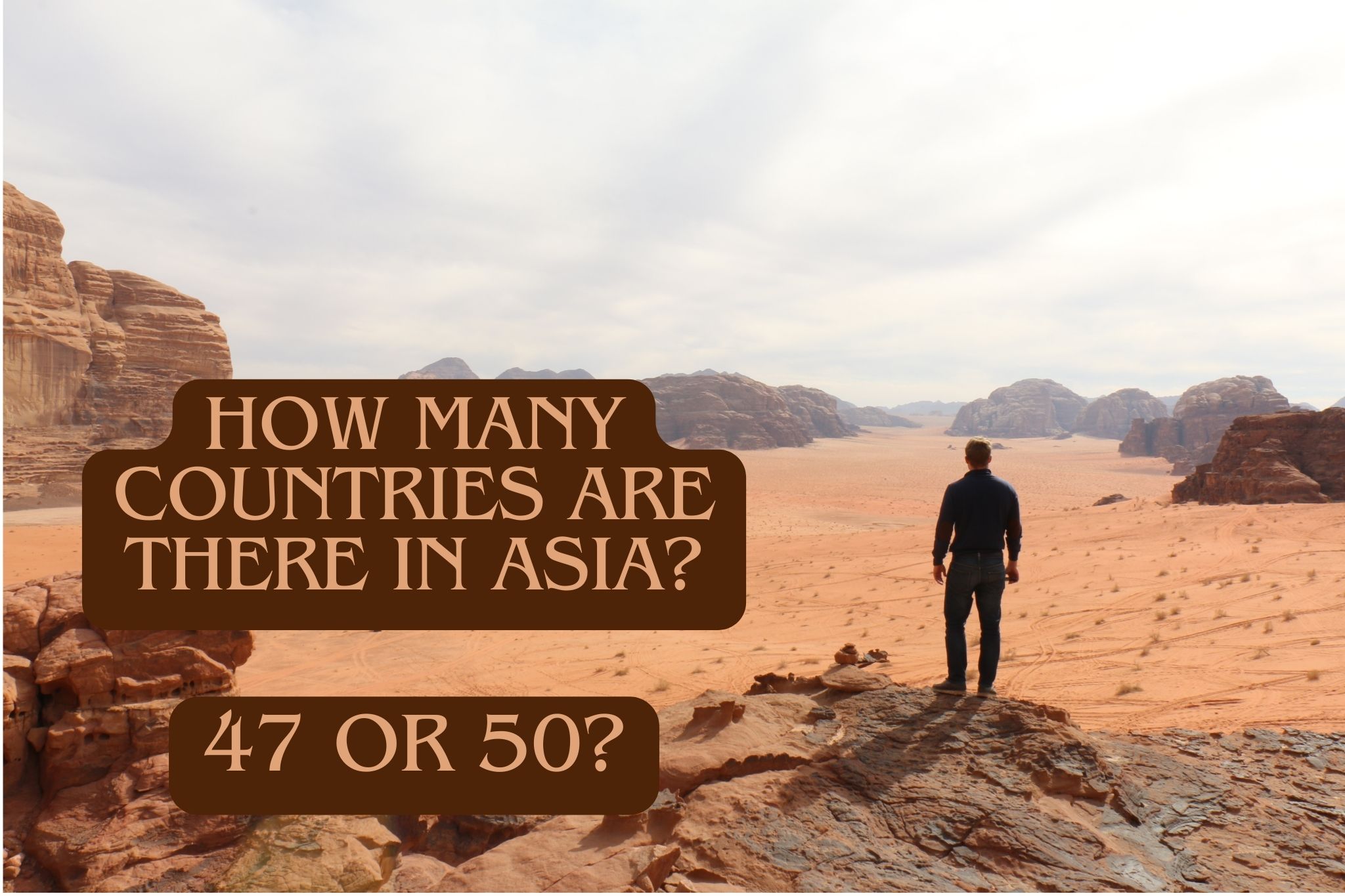
Defining Asia
Firstly, we need to define what constitutes Asia. In my article, “How Many Countries Are There in Europe?” I define a continent by using two criteria: 1) Geography, based on the separation of tectonic plates between two continents, and 2) Cultural and historical aspects. With the latter being more applicable for borderline cases: for instance, Russia is a transcontinental country straddling Europe and Asia. However, due to its historical ties and cultural alignment with Europe, I do consider Russia to belong more to Europe than Asia. We will take a closer look at the somewhat subjective cultural and historical criteria, but so far in terms of geographical borders the following conclusions can be made:
• North: Asia’s northern boundary is largely defined by the Arctic Ocean. It extends from the coast of Russia’s Arctic regions, sweeping across its northern edge
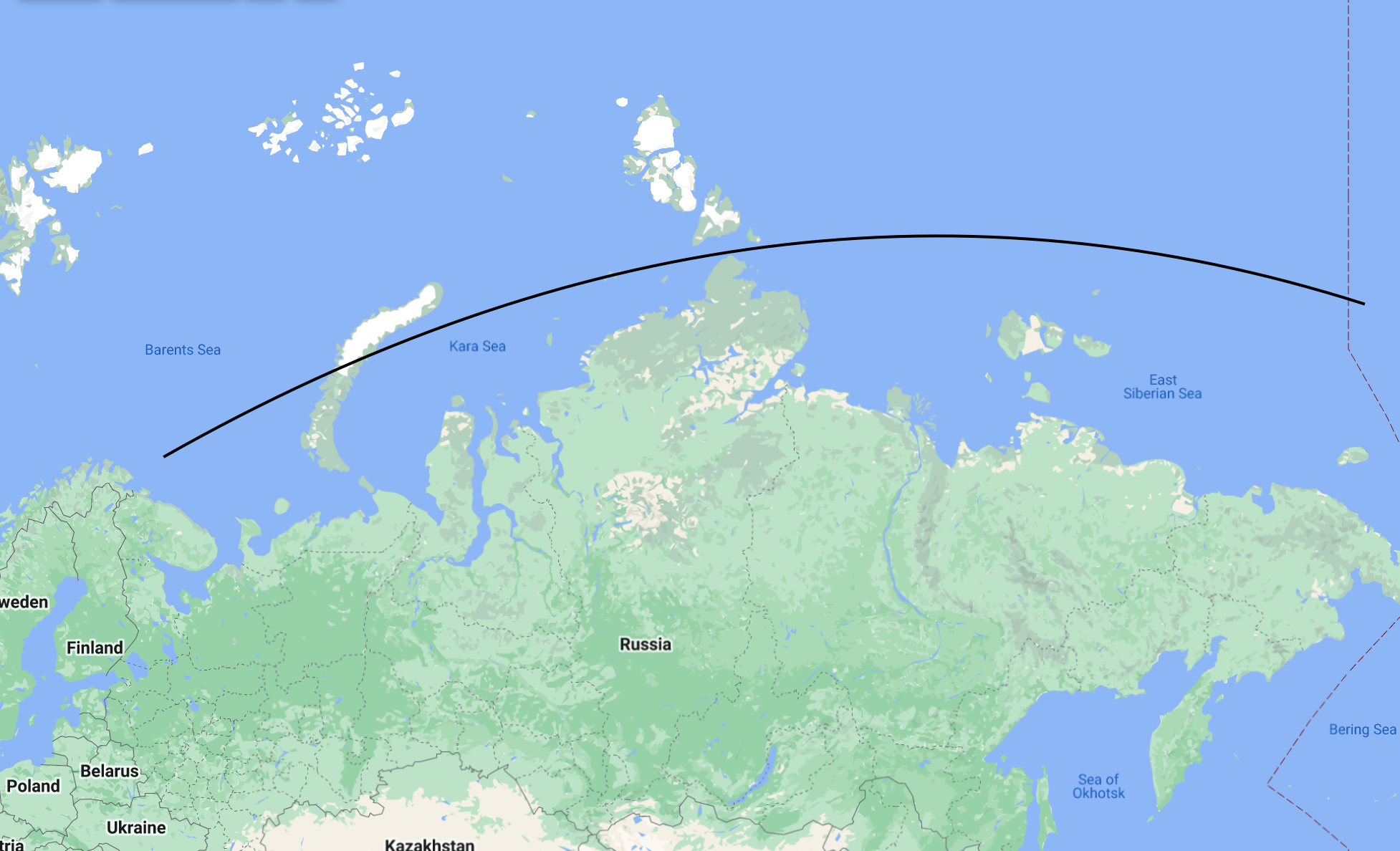
• East: To the east, Asia is bounded by the Pacific Ocean. This includes the Bering Strait to the northeast, which acts as a natural border between Russia (Asia) and Alaska (North America). Further south, the boundary extends along the eastern coastlines of Russia, China, the Korean Peninsula, Japan, and Southeast Asian countries, down to the Malay Archipelago.
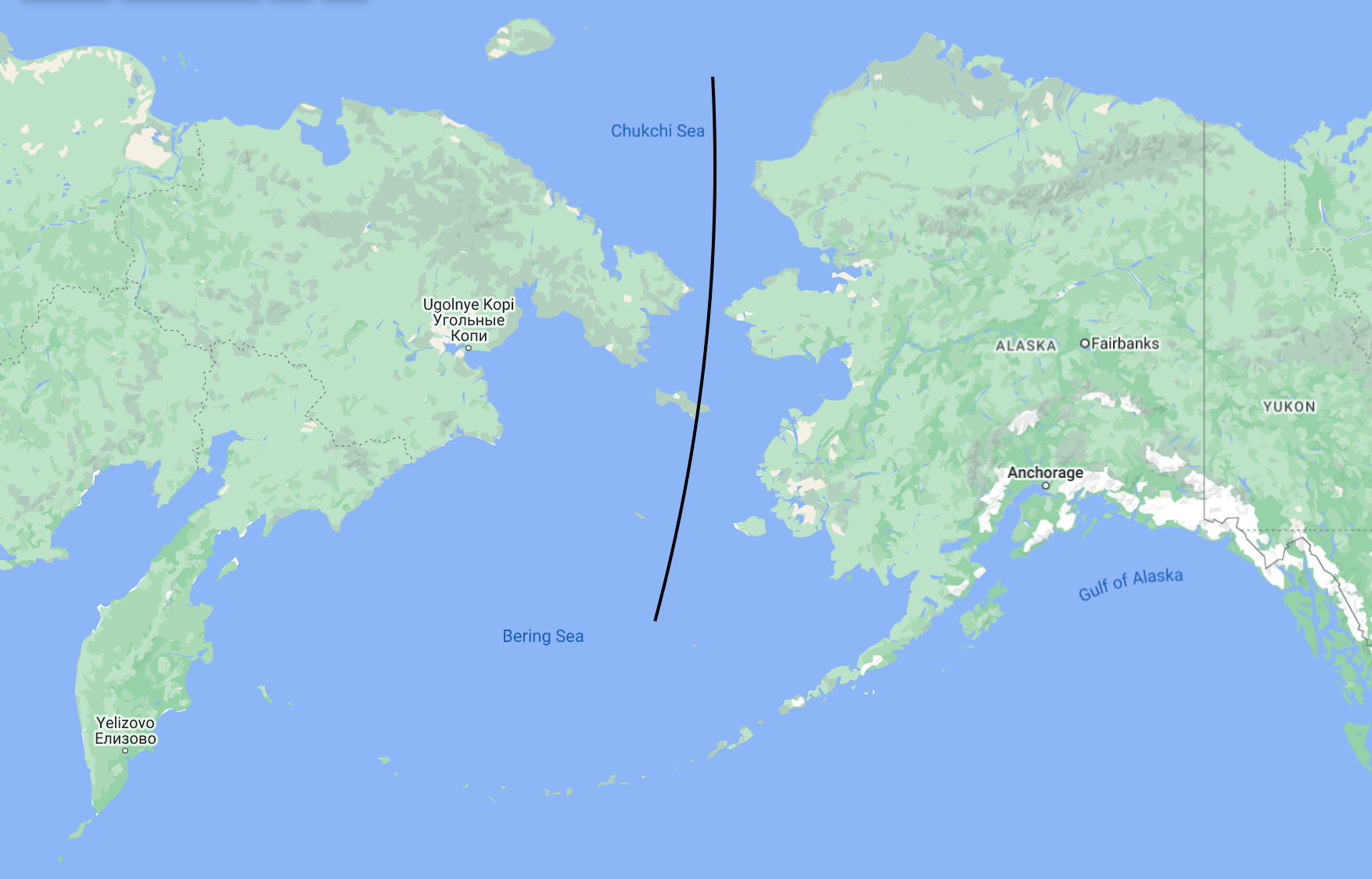
• South: The southern border of Asia is marked by the Indian Ocean. It includes the shores of countries like India, Sri Lanka, Bangladesh, Myanmar, Thailand, Malaysia, and Indonesia.
• Southeast: In Southeast Asia, the border includes the large archipelago nations like Indonesia and the Philippines, extending to the waters of the South China Sea, separating Asia from Australia and Oceania.
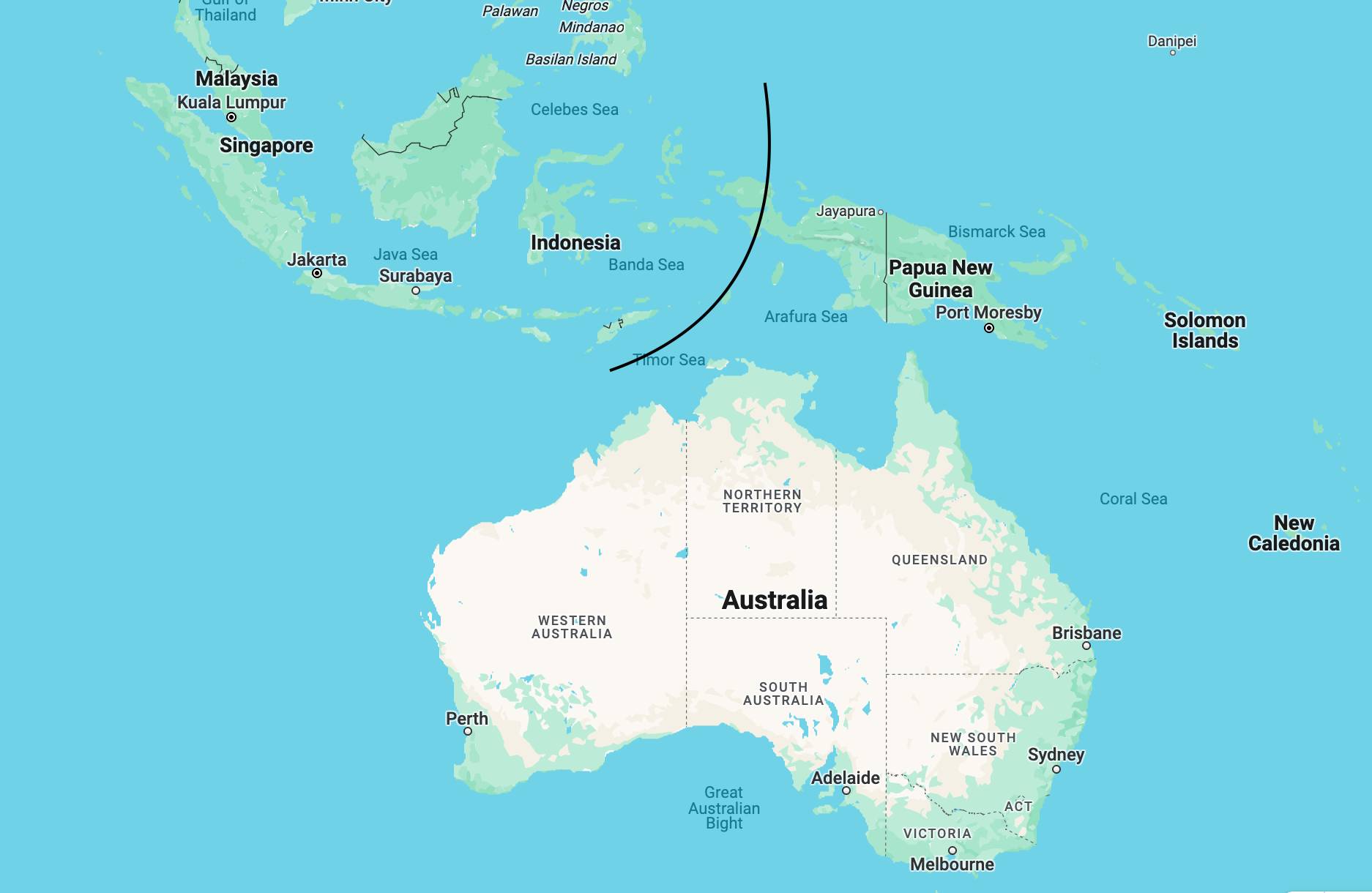
• West: The western boundary of Asia is more complex and includes several natural and political landmarks:
• Ural Mountains: These mountains in Russia mark a significant portion of the border between Asia and Europe.
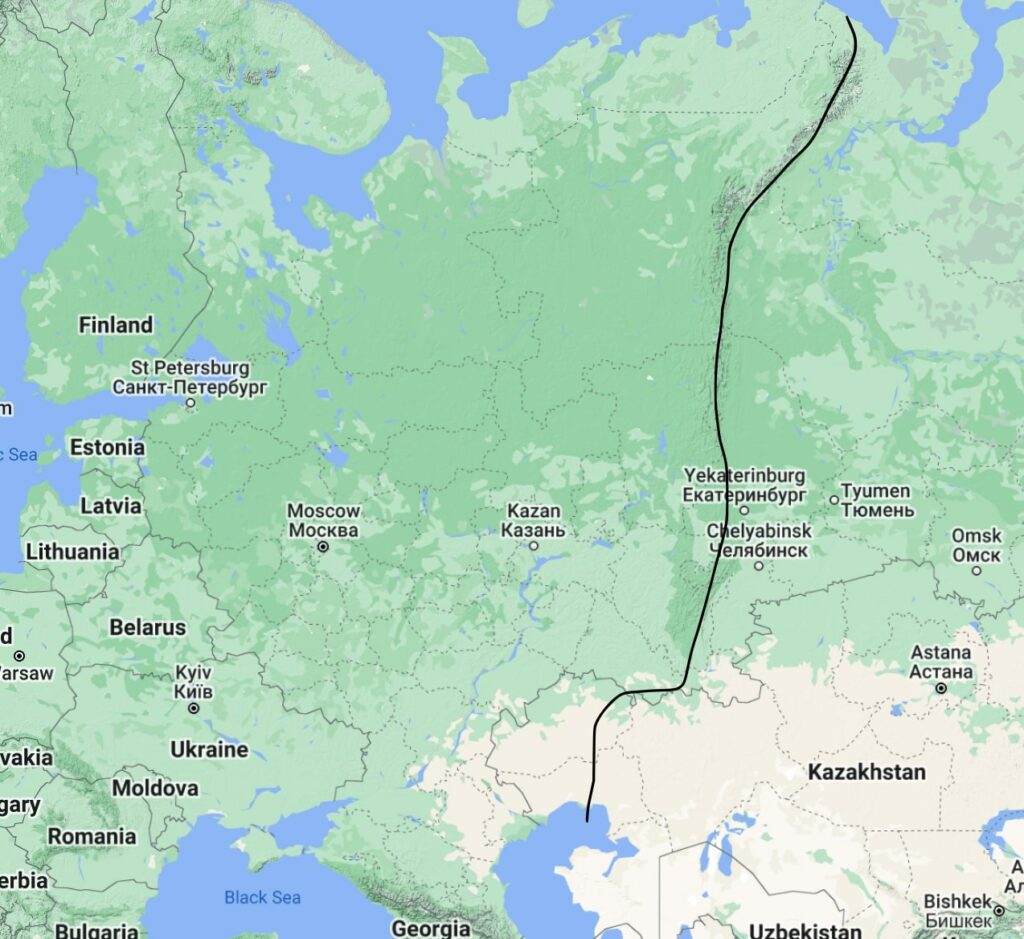
• Ural River: Flowing south from the Ural Mountains into the Caspian Sea, this river helps define the Asia-Europe boundary.
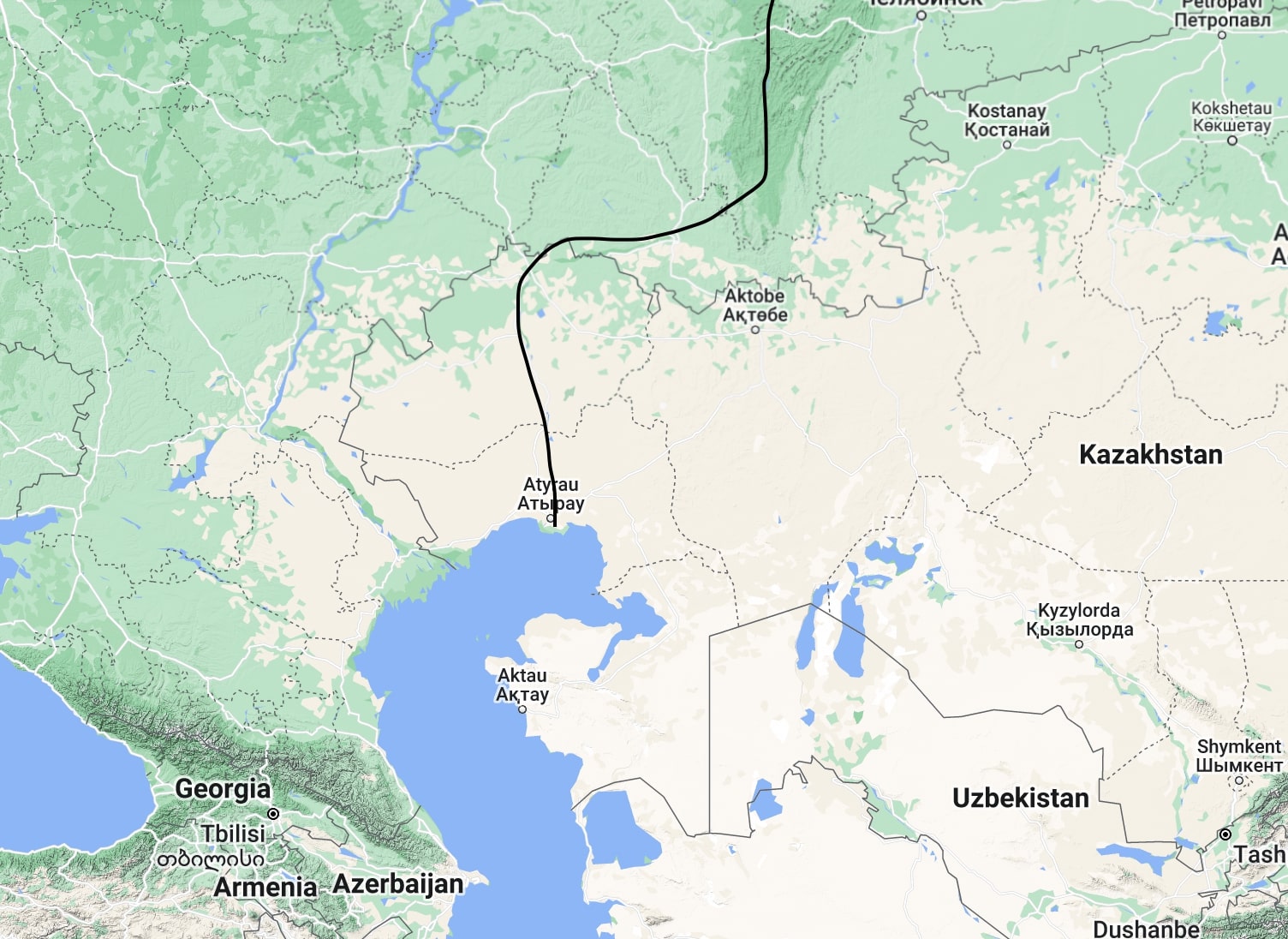
• Caspian Sea: This large, landlocked sea provides a natural boundary between Asia and Europe.
• Caucasus Mountains: These mountains stretch between the Black and Caspian Seas, further defining the border with Europe.
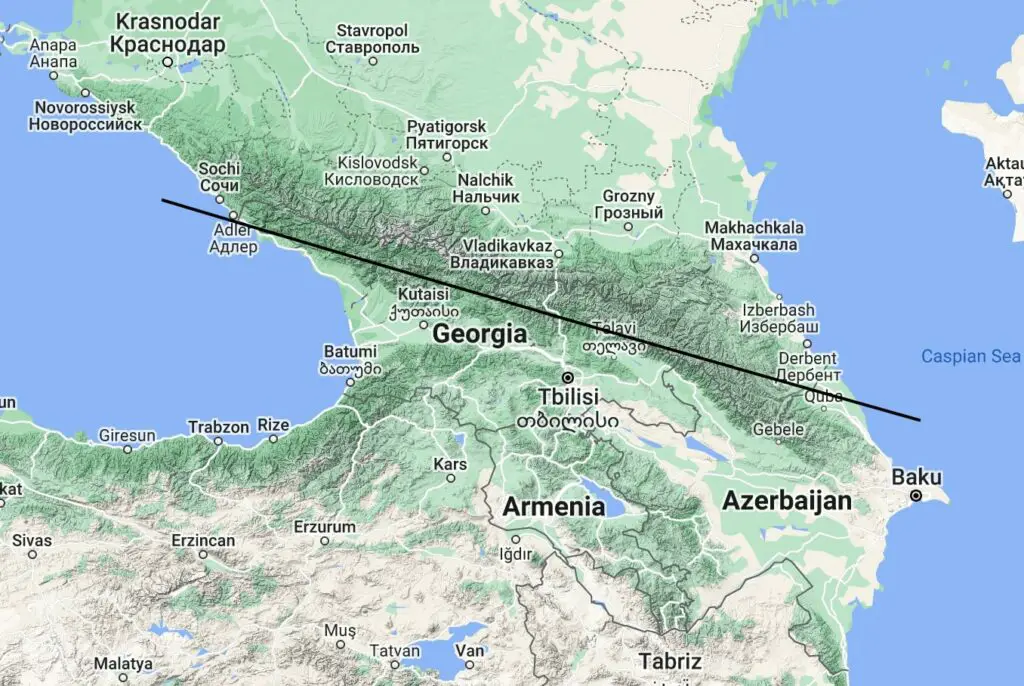
• Black Sea: Located to the northwest of Asia, the Black Sea is bordered by Turkey, marking Asia’s boundary with Europe.
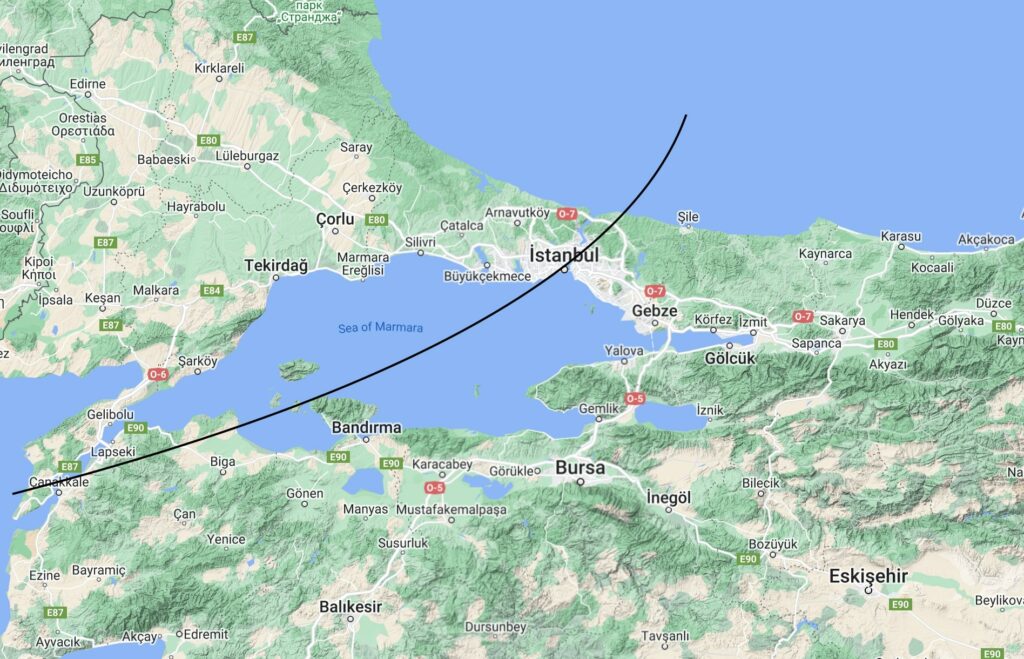
• Mediterranean Sea: The eastern Mediterranean coast of Turkey and the Suez Canal in Egypt (where Asia meets Africa) are also considered part of the western border of Asia.
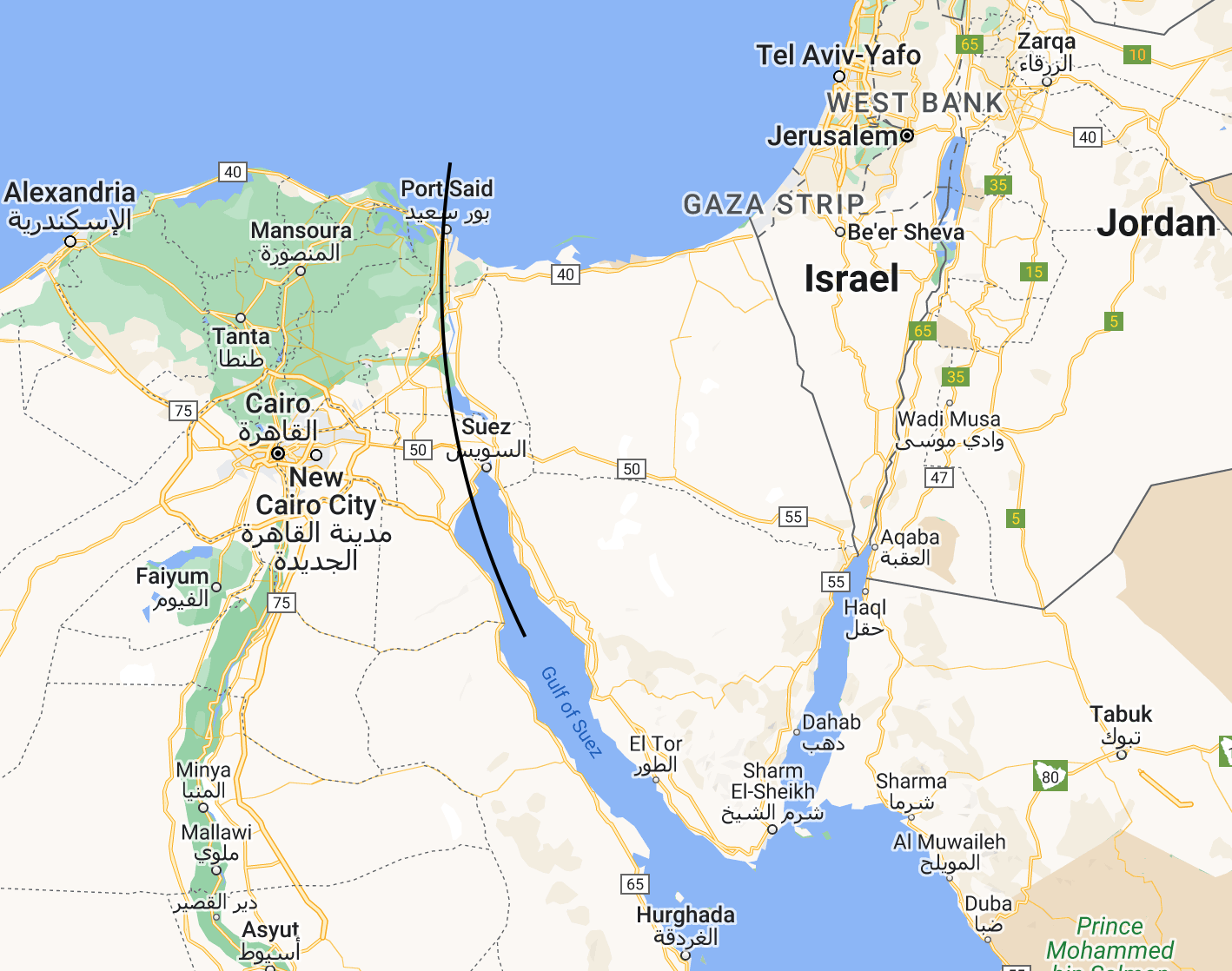
• Southwest: In the Middle East, the boundary of Asia includes countries like Turkey, Syria, Iraq, and Iran, with the Mediterranean Sea, Red Sea, and the Persian Gulf forming natural borders in this region.
What Does The UN say?
As I mentioned in my article “How many countries are there in the world?” the UN member state-list is the best place to start when it comes to defining how many countries there are in the world. While the UN geoscheme-list is a good place to start when it comes to the division of countries into continents. With that said, the UN member state list is not entirely accurate as it’s influenced by political factors and neither is its division made in the UN-Geoscheme list. When it comes to geopolitics, things are rarely black and white and almost always up to individual opinion.
As of 2024 according to the UN geoscheme there are currently 47 recognized UN-Member States on the Asian continent:
1. Afghanistan
2. Armenia
3. Azerbaijan
4. Bahrain
5. Bangladesh
6. Bhutan
7. Brunei
8. Cambodia
9. China
10. Cyprus
11. Georgia
12. India
13. Indonesia
14. Iran
15. Iraq
16. Israel
17. Japan
18. Jordan
19. Kazakhstan
20. Kuwait
21. Kyrgyzstan
22. Laos
23. Lebanon
24. Malaysia
25. Maldives
26. Mongolia
27. Myanmar (Burma)
28. Nepal
29. North Korea
30. Oman
31. Pakistan
32. Palestine (Observer-state in the UN)
33. Philippines
34. Qatar
35. Saudi Arabia
36. Singapore
37. South Korea
38. Sri Lanka
39. Syria
40. Tajikistan
41. Thailand
42. Timor-Leste
43. Turkey
44. Turkmenistan
45. United Arab Emirates
46. Uzbekistan
47. Vietnam
So are there 47 countries in Asia then? Not exactly if you ask me, as I do have some objections to the list above:
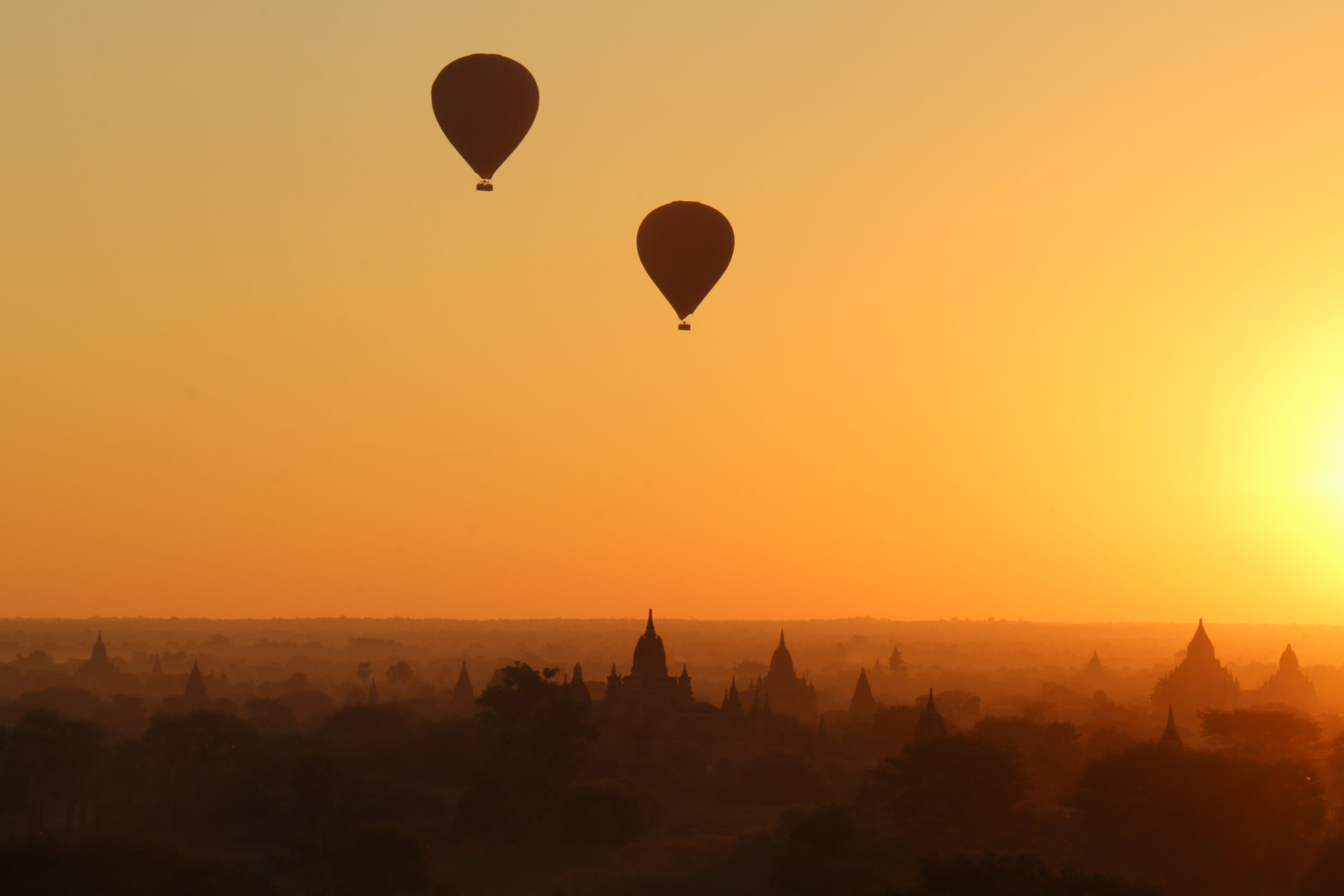
Cyprus – UN list incorrect
Cyprus is a divided state, with the Greek majority Republic of Cyprus in the South and the Turkish-majority, Turkish Republic of Northern Cyprus (TRNC) in North. The Republic of Cyprus is a EU member and a fully recognized United Nations member state, while the Turkish Republic of Northern Cyprus has a majority Turkish population, however lacks international recognition and is currently only recognized by Turkey. Since TRNC, at least in my book, does not constitute a country only the Republic of Cyprus can be considered a proper country, however is it in Asia or Europe?
Now Cyprus might be located on the Asia continent geographically speaking, but as I mentioned above there are also cultural and historical aspects to consider when deciding whether a country belongs to a continent or not.
The cultural and historical ties of the Republic of Cyprus are overwhelmingly European, primarily due to its historical and cultural connections with ancient Greece, evident in the dominant Greek language and Greek Orthodox Christianity. Additionally, Cyprus’s political landscape and institutions have been shaped significantly by European influences, notably through its British colonial past and its current membership in the European Union. For these, reasons I do consider Cyprus to be located in Europe, contrary to the UN-geoscheme that defines it as Asia.
Minus Cyprus from the UN’s geoscheme list gives us 46 countries in Asia so far!
But What About Transcontinental Countries?
Russia (Europe)
Although the larger part of Russia’s territory is in Asia, its European part includes the capital, Moscow, and the majority of its population. Historically, culturally, and politically, Russia is more aligned with Europe. The European part of Russia has been the center of Russian political, economic, and cultural life, influencing its European orientation, hence Russia belongs to Europe rather than Asia. The UN list is therefore correct of not placing Russia in Asia.
Turkey (Asia)
Although Turkey might be looking to get into the European Union while also having a part of its land, including part of Istanbul, in Europe. Turkey is generally considered more Asian rather than European. The bulk of its landmass is in Asia, and culturally and historically, it has deep connections with the Middle Eastern and Central Asian regions. The UN list is therefore correct of placing Turkey in Asia.
The Caucaus (Armenia, Georgia and Azerbaijan) (Asia)
This is a controversial one and it’s probably the region I would expect to get the most pushback on. The Caucasus Mountains traditionally mark the boundary between Europe and Asia.
While Armenia and Georgia have deep-rooted Christian traditions and are culturally aligned with Europe, with Georgia actively pursuing European Union membership, I do however categorize them as Asian countries rather than European. This classification is done based on their geographical positioning and a distinct oriental character often noted in literature.
Azerbaijan’s case is more straightforward, as it is predominantly Muslim and maintains closer connections with Turkic nations in Central Asia, rather than Europe.
I therefore agree with the UN’s geoscheme of placing Armenia, Georgia and Azerbaijan in Asia rather than Europe. The UN list is therefore correct.
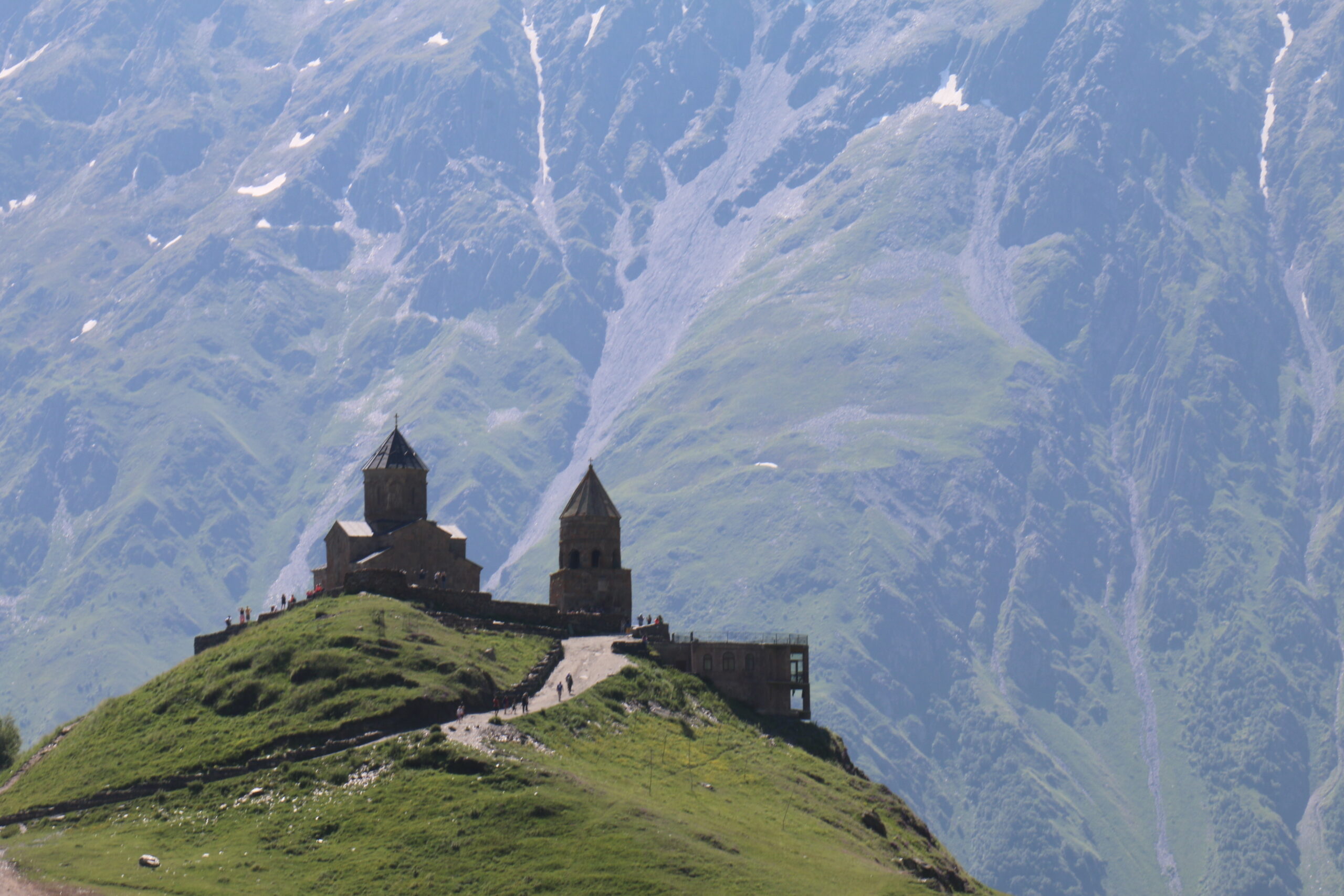
Eqypt (Africa)
Eqypt might have a small strip of land located in Asia, known as the Sinai Peninsula. But the majority of Egypt, including its cultural and political centers, is in Africa. The African part of Egypt has also historically been the cradle of its civilization, making its African identity predominant. The Sinai Peninsula in Asia is sparsely populated and less influential on Egypt’s overall identity. The UN list is therefore correct to place Egypt in Africa rather than Asia.
Kazakhstan (Asia)
Kazakhstan is primarily considered Asian, with most of its territory and significant cultural and historical ties located in Central Asia. The European portion of Kazakhstan is relatively small and less populated. The country’s identity, culture, and politics are more aligned with the Central Asian region, reflecting its Asian orientation. The UN list is therefore correct.
Disputed Territories
So now we are moving into the grey zone of what should be even considered a country. Check out my article where I define what makes a country a country (according to me at least).
Taiwan
First off, Taiwan and its ones of those disputed territories that we keep hearing about on news on and on due to China’s (PRC, People Republic of China) “one China policy” and its claim of sovereignty over Taiwan. The dispute between Taiwan and the PRC dates back to the end of the Chinese Civil War in 1949, when the defeated Republic of China (ROC) government retreated to Taiwan, while the victorious Communist Party established the PRC on the mainland. Taiwan has since developed its own distinct government, economy, and identity, operating effectively as an independent nation.
However, the PRC views Taiwan as a breakaway province and has consistently claimed sovereignty over it, leading to international disputes regarding its status. Most countries do not formally recognize Taiwan as a sovereign state, largely due to diplomatic and economic pressures from China. The United States and many other nations maintain a policy of “strategic ambiguity,” supporting Taiwan’s self-governance and security while not officially recognizing it as a separate nation. This delicate balance has led to Taiwan’s unique international position as a self-governing entity with its own democratic institutions, yet not widely recognized as an independent country, creating ongoing tensions in the region and in international relations.
Despite its lack of full international recognition, I regard Taiwan as a country because it meets all the criteria for statehood. The primary reason it is not widely recognized is due to other nations’ concerns about jeopardizing their economic relationships with China. Without China’s significant economic influence, it’s likely that a vast majority of UN member states would recognize Taiwan.
Therefore, including Taiwan, there are 47 countries in Asia.
South Ossetia
South Ossetia is another disputed territory wedged in between the big boy Russia in the North and Georgia in the South. South Ossetia is one of the post-Soviet frozen conflicts, due to its unresolved status between Georgia, which claims it, and its self-declared independence, backed primarily by Russia. The dispute originated from the breakup of the Soviet Union, leading to armed conflict in the early 1990s. The situation worsened after the 2008 Russo-Georgian War, when Russia recognized South Ossetia as an independent state, a move not widely accepted internationally.
Currently, South Ossetia is recognized by only 5 UN member states, while the United Nations and most of the world continue to recognize South Ossetia as a part Georgia. Despite fulfilling all requirements to receive country status, South Ossetia is not considered a country in my opinion, since it lacks the proper international recognition.
Abkhazia
Just like South Ossetia, Abkhazia is another disputed territory wedged between Russia in the North and Georgia to the South, with Georgia, legally claiming it on the one hand, while the local government in Abkhazia claiming its independence, supported by Russia on the other hand. It’s another one of those conflicts that arose after the collapse of the Soviet Union and was recognized as an independent state by Russia simultaneously as South Ossetia in 2008.
This recognition is also not widely endorsed globally, with most countries and international entities, including the United Nations, acknowledging Abkhazia as an integral part of Georgia. Currently only recognized by the same five countries that recognize South Ossetia, (Russia, Nauru, Nicaragua, Syria and Venezuela). For the same reason that I do not recognize South Ossetia, I do not consider Abkhazia to be a country.
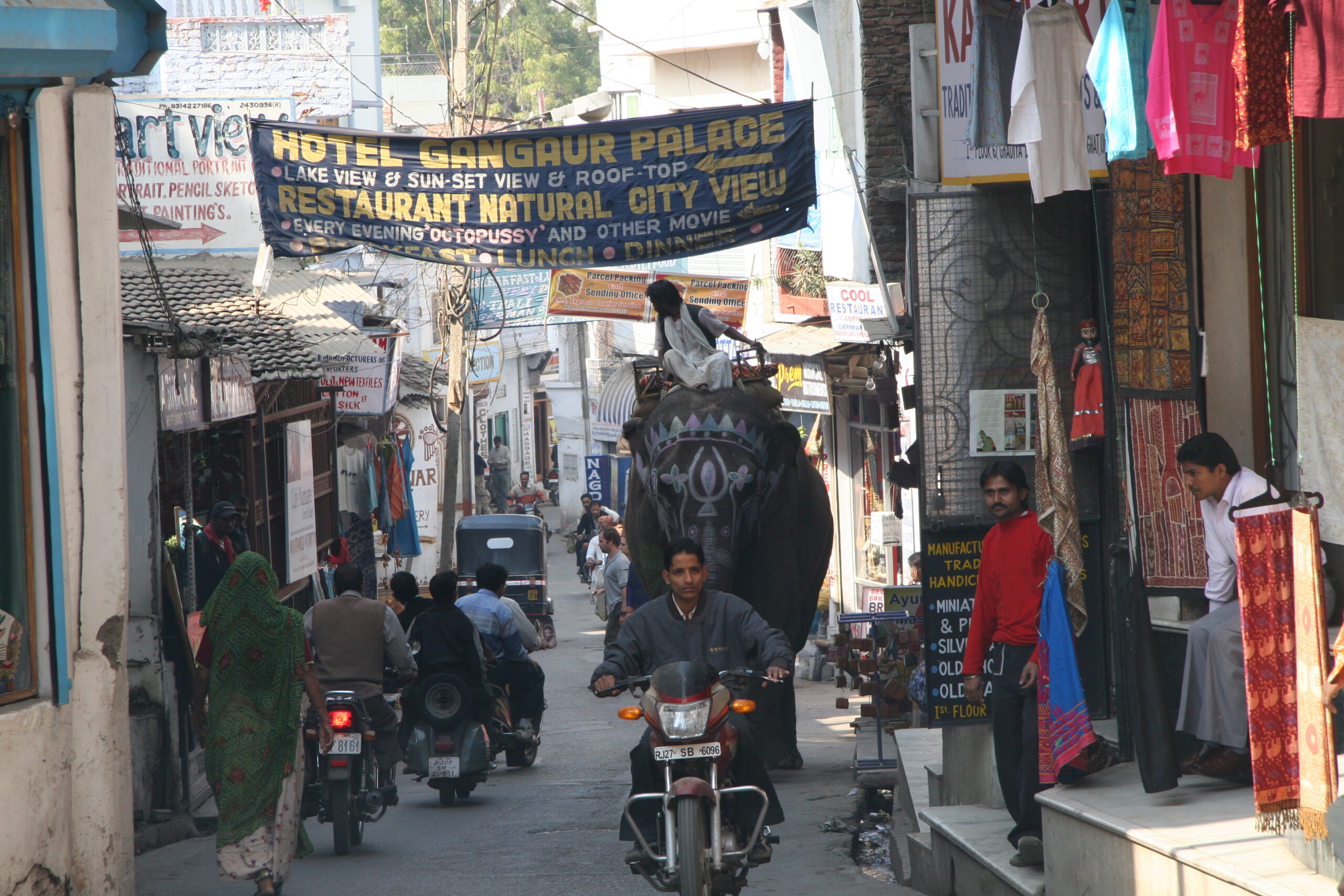
Conclusion
So, there you have it folks! 47 countries in Asia in total. As I have mentioned many times before, nothing is simple when it comes to geopolitics and when you start adding non-fully recognized countries into the mix like “Taiwan”, it opens the door to even more grey zone areas. However, its important to put your foot down and I believe I have done so. Check out the complete list of countries in Asia below, a total of 47 countries I have personally visited 21 out of 47 of them.
Complete List Of Countries In Asia
1. Afghanistan
2. Armenia
3. Azerbaijan
4. Bahrain
5. Bangladesh
6. Bhutan
7. Brunei
8. Cambodia ✅
9. China ✅
10. Georgia ✅
11. India ✅
12. Indonesia ✅
13. Iran ✅
14. Iraq (Check out my article on Iraqi Kurdistan) ✅
15. Israel
16. Japan ✅
17. Jordan ✅
18. Kazakhstan
19. Kuwait
20. Kyrgyzstan
21. Laos ✅
22. Lebanon
23. Malaysia ✅
24. Maldives
25. Mongolia
26. Myanmar (Burma) ✅
27. Nepal ✅
28. North Korea
29. Oman
30. Pakistan
31. Palestine (Observer-state in the UN)
32. Philippines ✅
33. Qatar ✅
34. Saudi Arabia
35. Singapore ✅
36. South Korea
37. Sri Lanka ✅
38. Syria
39. Tajikistan
40. Taiwan
41. Thailand ✅
42. Timor-Leste
43. Turkey ✅
44. Turkmenistan
45. United Arab Emirates ✅
46. Uzbekistan
47. Vietnam ✅
